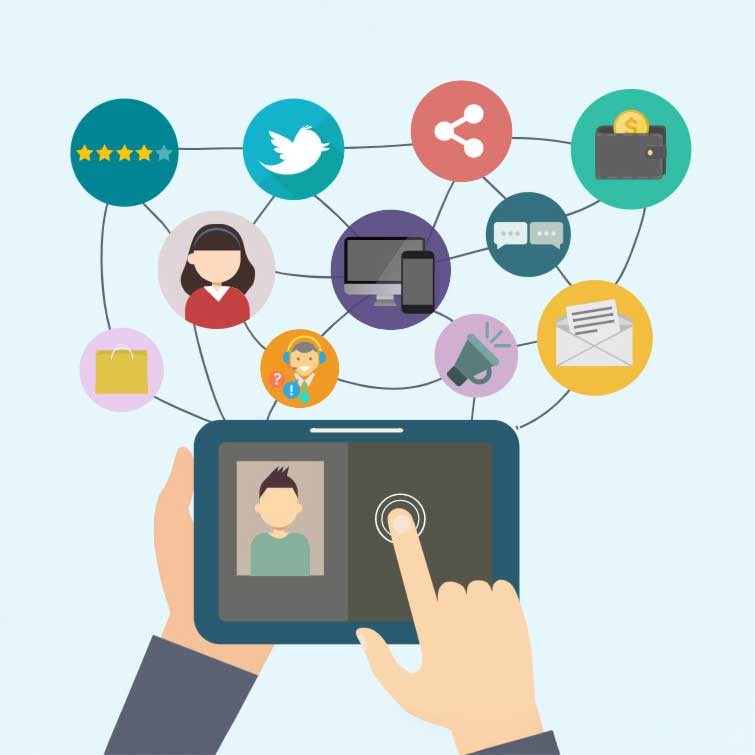The alcohol industry is one of the world’s largest and most profitable markets. It is also one of the most fragmented, with a wide variety of producers, wholesalers, and retailers operating independently from each other. This fragmentation makes it difficult for any individual business to stand out or proliferate. The alcohol industry is also notorious for its high level of regulation in almost every country. Even something seemingly trivial as listing ABV on a beer bottle can be subject to local laws that are often prohibitively expensive to change. As a result, many independent establishments struggle to compete with more giant corporations that can simultaneously support the cost of compliance and remain price-competitive. However, technology is changing this dynamic by making it easier for smaller producers to compete on a level playing field while simultaneously reducing risk for both wholesalers and end customers. This article explores how digitalization is creating positive changes in the alcohol market by breaking down barriers between players and reducing costs at every stage of production and sale.
Changing the way businesses operate
The alcohol market is incredibly fragmented, with more than 300,000 brands of beer, wine, and spirits currently on sale in the US alone. This makes it difficult for any given producer to gain traction and scale significantly. Similarly, distributors and retailers often struggle to find and select the products that resonate with their customers. These challenges make it difficult for any single business to grow beyond a specific size and scale.
Transparency: Good for Consumers, Great for Producers
The alcohol industry has always been highly regulated, with governments setting maximum ABV levels, identifying what must be included on labels, and imposing additional restrictions for certain drinks. Even small changes to labeling can be prohibitively expensive for independent establishments, while larger companies can often absorb the cost of compliance. This opacity in the supply chain has been a concern for government bodies since the 19th century, when temperance groups regularly called for more transparency in the production of alcohol.
eCommerce and digital marketing
Online shopping has transformed many industries, but alcohol has traditionally been challenging to sell online due to various legal restrictions. In the past, producers of hard cider in the US, for example, would have had to choose between two unacceptable options: either include a lower ABV level than their product actually contains or ignore the issue entirely and risk charges of false advertising. Now, however, technology is making it easier to buy alcohol online and allowing producers to communicate their product offerings more clearly. Even if ABV isn’t a required field on a product description or label, it can now be added to help consumers better understand what they are buying. With new eCommerce platforms, producers can now display the actual ABV level on their product pages, enabling consumers to make better decisions while supporting transparency in the alcohol industry.
Automation and robotics
Robotics and automation are transforming every industry but are especially prevalent in the alcohol industry thanks to bottling and packaging processes for certain types of drinks. For example, winemakers often employ robotic systems to harvest grapes, while brewers can use robots to transfer beer from one tank to another, mix ingredients, and bottle beer. As more businesses invest in robotics and automation, the need for human labor decreases, and wages follow suit. Automated systems can also be programmed to run 24/7 with minimal maintenance, which means businesses no longer need to staff the bottling and packaging department at certain times of the year. Since automation is often used with other technologies, such as computer-assisted fermentation and inventory management, businesses can also be more responsive to customers by using collected information to make more data-driven decisions.
Analytics and data-driven decision making
More businesses are using data to inform every aspect of their operations, and the alcohol industry is no exception. However, technological advances have increased the accessibility of data and analytics across the board, making it easier than ever to integrate data into business processes. People can now track their alcohol intake in real-time with wearable technology and smartphone apps, which can inform a wide range of decisions, from how much alcohol to order to how to price drinks at a bar.
Summing up
Technology has the potential to dramatically change the alcohol industry by reducing costs, increasing productivity, and improving access to data. Thanks to data collection and analytics advances, businesses can now better understand their customers, which means they can react more quickly to trends and make more effective marketing decisions. Similarly, technology has made it easier for smaller producers to reach customers and scale their business while reducing the need for human labor and, therefore, the associated costs.
Conclusion
The alcohol industry is one of the world’s most profitable and popular industries. It’s also one of the most fragmented, which makes it difficult for any individual business to scale. Technology has the potential to dramatically change the alcohol industry by reducing costs, increasing productivity, and improving access to data.




